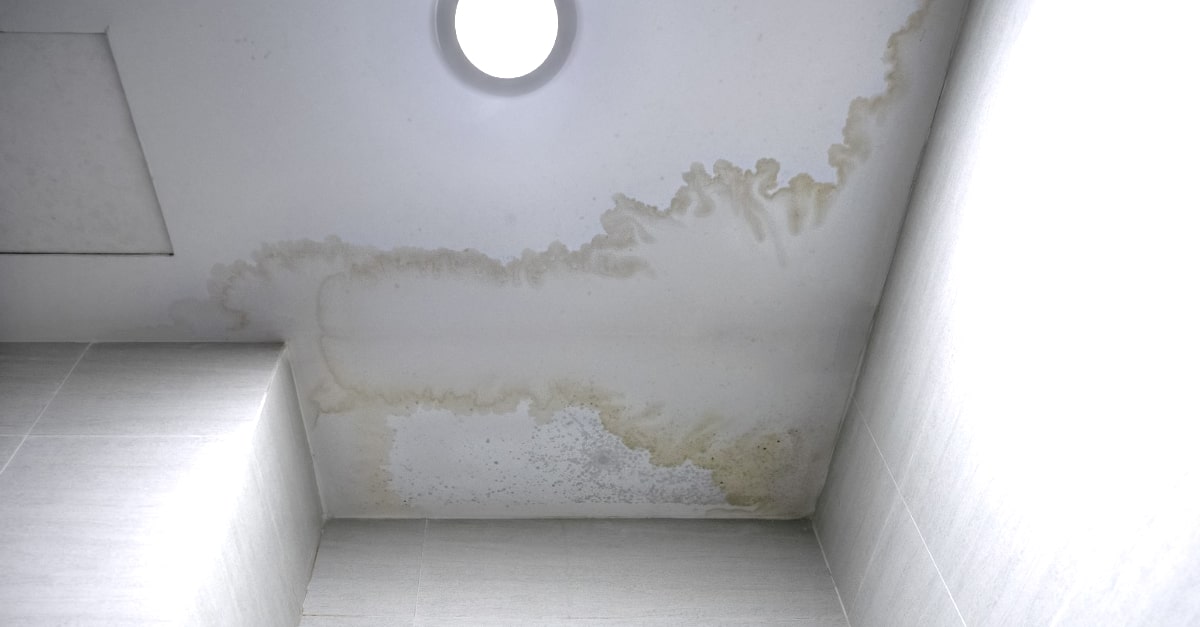We have discovered this post involving Most Common Causes of Leaky Pipes directly below on the internet and accepted it made perfect sense to share it with you here.

Leakages not only cause waste of water however can additionally cause unneeded damage to your residence as well as promote undesirable natural development. Unfortunately, water leaks may go undetected because the majority of the pipework in our residence is hidden. By recognizing and looking for everyday scenarios that create leaks, you can safeguard your house from future leaks and unnecessary damages. Today, we will certainly check out 6 leakage causes that might be causing your pipes to trickle.
Immediate temperature level changes.
Extreme temperature level modifications in our pipes can create them to increase as well as contract unexpectedly. This growth and tightening may create cracks in the pipes, specifically if the temperature are below freezing.
Corroded water supply
This might be the reason of discoloration or warping on your water pipelines. If our plumbing system is old, consider changing the pipes since they are at a greater risk of rust than the newer designs.
Defective Pipe Joints
Pipeline joints can wear away over time, resulting in water leaks. If you have noisy pipelines that make ticking or banging sounds, particularly when the warm water is turned on, your pipeline joints are probably under a whole lot of pressure.
Intruding origins
The majority of water leaks start outside the home instead than inside it. You could notice wet spots or sinkholes in your yard, and also that might suggest that tree roots are getting into water lines creating water to leak out.
Poor Water Connectors
At times, a leak can be created by loosened hoses and pipelines that provide your devices. In case of a water links leakage, you may see water running directly from the supply line or pools around your home appliances.
Clogged Drains
Obstructed drains could be annoying and also inconveniencing, but they can occasionally end up triggering an overflow leading to rupture pipelines. Keep eliminating any materials that might drop your drains that might obstruct them to avoid such hassles.
All the above are sources of leakages but not all water leaks arise from plumbing leakages; some leakages could originate from roofing system leaks. All leaks must be fixed quickly to avoid water damage.
Leaks not just cause waste of water but can also trigger unneeded damages to your residence and advertise undesirable natural growth. By understanding as well as looking for everyday situations that cause leakages, you can shield your residence from future leaks and unneeded damages. Today, we will look at 6 leak causes that might be triggering your pipes to trickle.
At times, a leak can be triggered by loose hoses and also pipelines that supply your devices. In instance of a water connections leakage, you might discover water running straight from the supply line or pools around your appliances.
Tell-Tale Signs of a Water Leak
The Sound of Running Water
If you’re hearing water running, your first step should be to check your faucets, toilet valves, and outdoor spigots. If everything if status quo, take an exact reading of your water meter and don’t use the water for a few hours. Then, take another meter reading. If there has been no change, that means water is not running (and maybe it’s time to have your hearing checked!). If the reading has changed, however, this indicates that water is indeed flowing and you most likely have a leak.
Wet or Damp Floors
You’re walking across your carpet and suddenly squish—your sock is soaked! The dog doesn’t look guilty and your child swears they didn’t spill anything. That means you’re likely looking at sewer leakage. Now, it’s easy to just soak it up with a towel and call it a day; however, this won’t stop the leak. Ignoring the problem allows moisture to build up, ultimately causing mold or mildew. Not only is this smelly, it can be very toxic and harmful to children, the elderly, pets, and those with weak immune systems. Don’t risk the health of your home and your family—call in a professional to take care of the problem.
Foul Odors
If there’s an unpleasant smell in your home and you can’t locate the source, don’t just light a candle or spray some Febreze. Funky smells are often due to mold and mildew, which spread fast under ideal conditions (optimal temperature and level of humidity). Growth begins within about 24-48 hours, and spores start to colonize in 3-12 days, becoming visible to the eye within about 18 days. If you think the odor is leak-related, get a plumber out as soon as possible to mitigate damage from rapid fungi growth (and rid your home of the foul odor).
Overgrowth in the Lawn
Unless you didn’t fertilize your lawn evenly, a lush patch of grass in a select area of your lawn, or concentrated wet spots, indicate pipe leakage which is acting as a fertilizer. Left untreated, hazardous bacteria in the underground waste will quickly turn into a messy situation, going from lush growth to lawn destruction.
Wall Cracks
Over time, even the littlest of leaks can cause cracks in the foundation of your home and compromise the entire structure. How does it happen? The leak continues hammering away at the same spot in the ground beneath your home, eventually causing it to shift slightly. Now, you’d never feel this shift, but your walls will. This can be a very dangerous situation, so if you’re seeing vertical or diagonal cracking in your walls it’s best to call a plumber right away.
https://www.expresssewer.com/blog/6-telltale-signs-of-a-water-leak-in-your-home

I have been very occupied with Common Water Leaks In House and I am assuming you enjoyed the new blog posting. If you please set aside a second to distribute this blog if you enjoyed reading it. I am grateful for your time. Visit us again soon.
Book Appointment